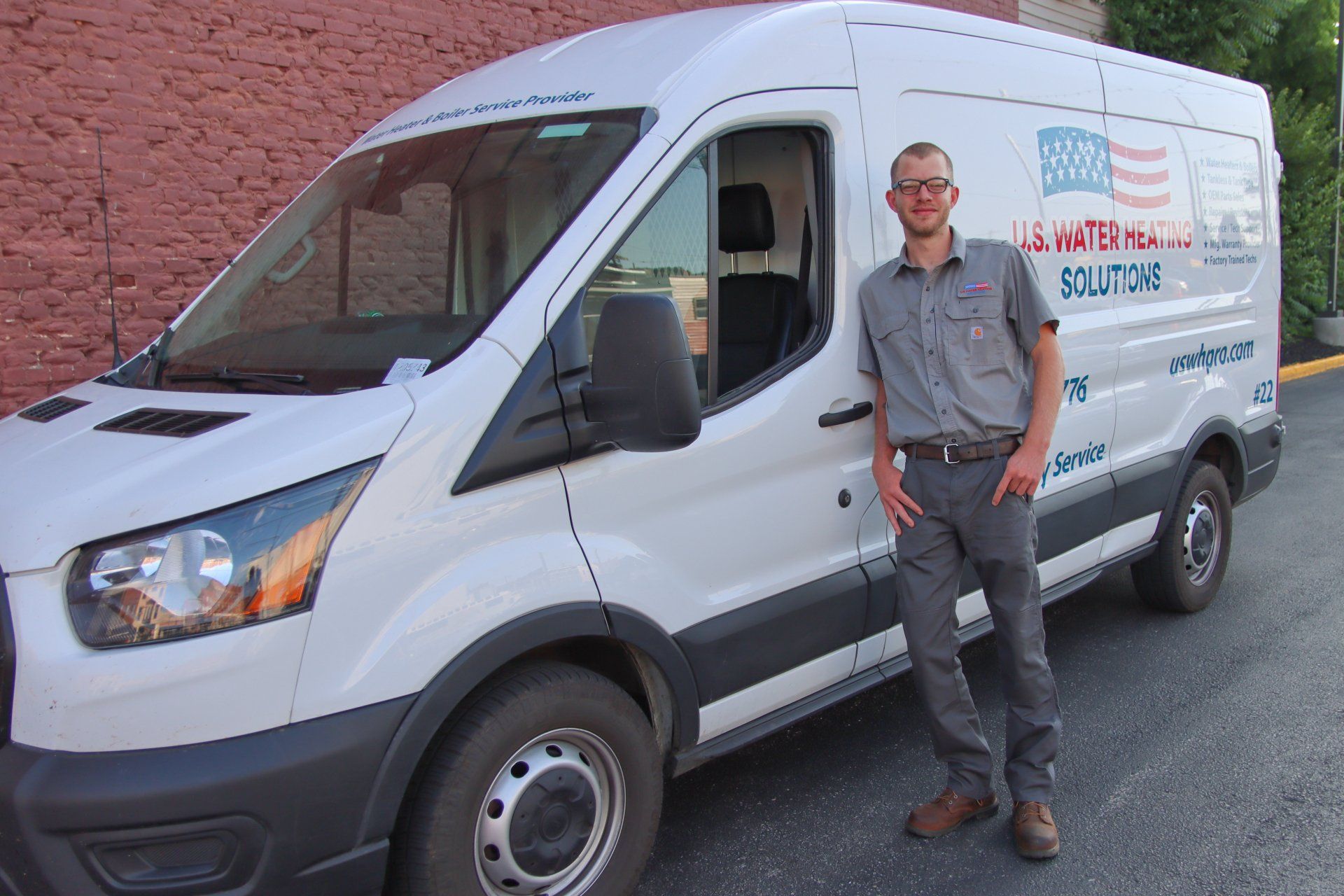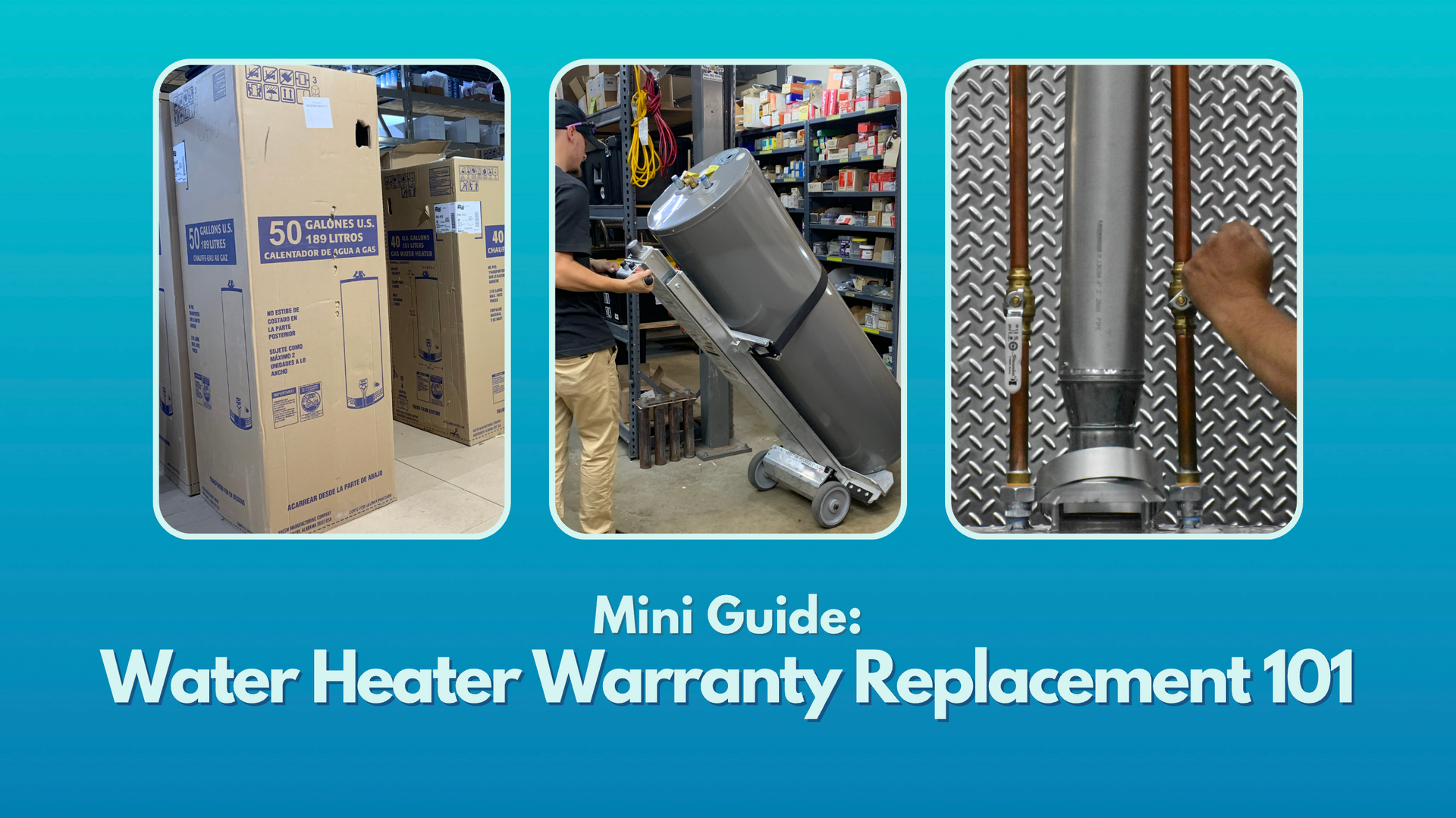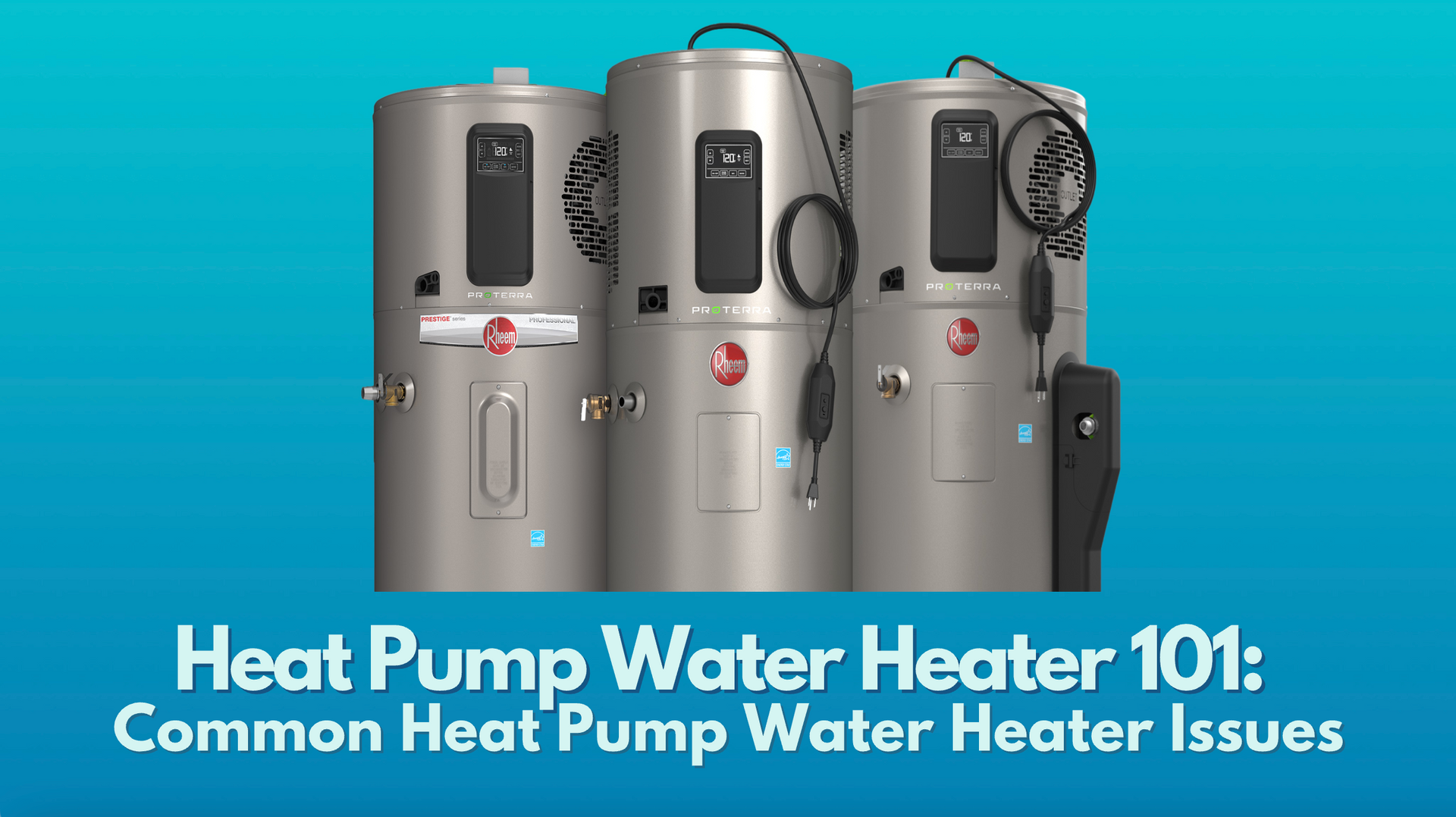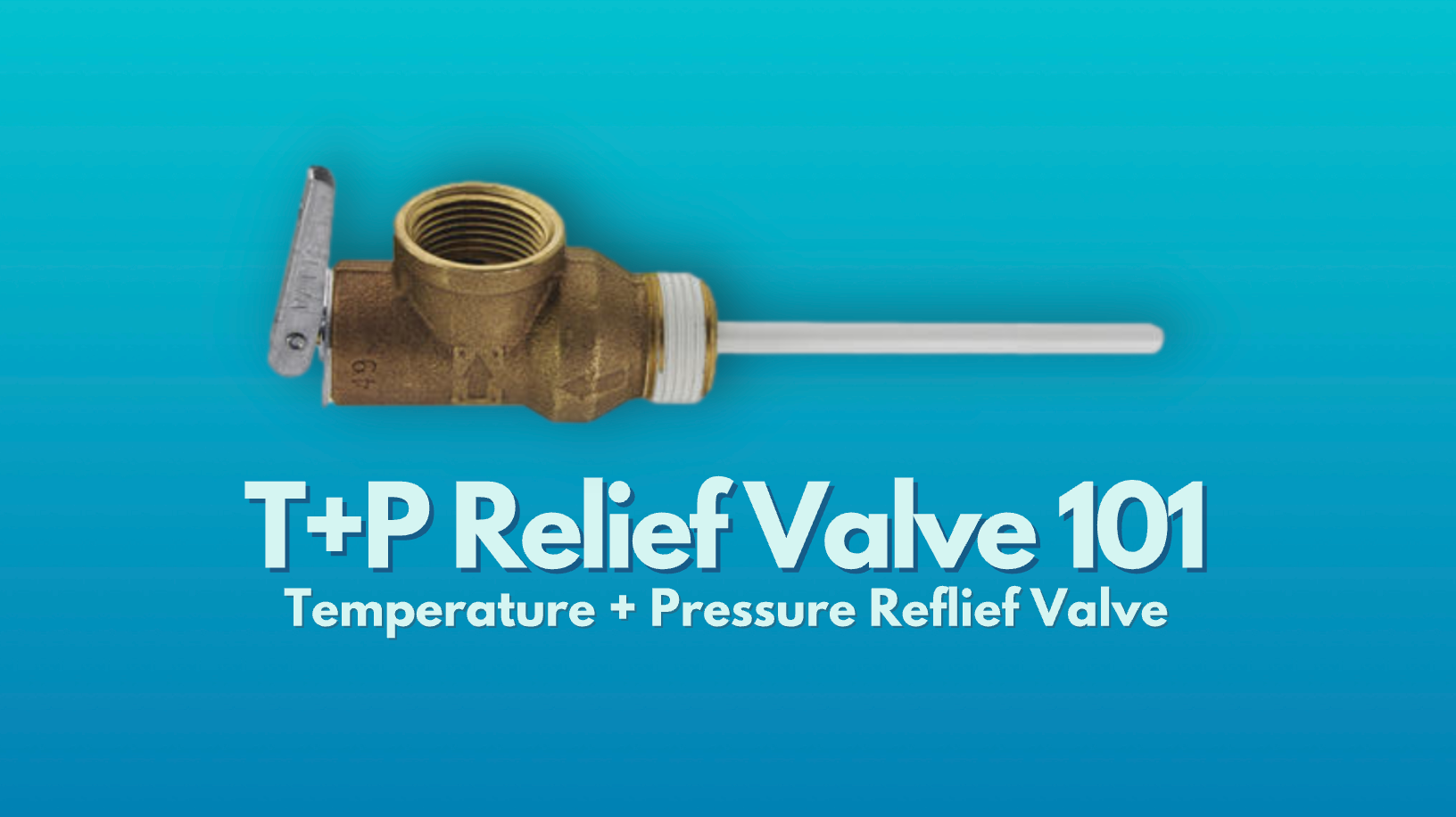What Size Water Heater Do I Need?
How to Properly Size a Water Heater
When a water heater is too small, it won’t satisfy your household’s hot water needs, especially during peak demand in the winter. When a water heater is too large, it ends up costing you more money in utilities every month. That’s why it’s so important to get the right sized water heater. Learn more about how to properly size your water heater.
Sizing a Tank Water Heater
Tank water heaters hold hot water in a tank where it stays warm until it's needed. Consider both the water heater capacity and the FHR when sizing a conventional tank water heater.
As the water travels out of the tank and to the different fixtures in the house, the unit fills up with new water that must get heated.
The amount of time it takes a water heater to heat incoming water is called the
first hour rating (FHR). As the name suggests, the FHR represents how many gallons of water the unit can heat in an hour.
For example, one water heater may have a FHR of 20 gallons and another may have a FHR of 80 gallons. In the case of a 40 gallon tank, the first water heater will heat up 40 gallons of new water in two hours. The second water heater will heat up 40 gallons of new water in 30 minutes. While you may find exceptions, the FHR is usually lower on an electric water heater compared to a gas water heater.
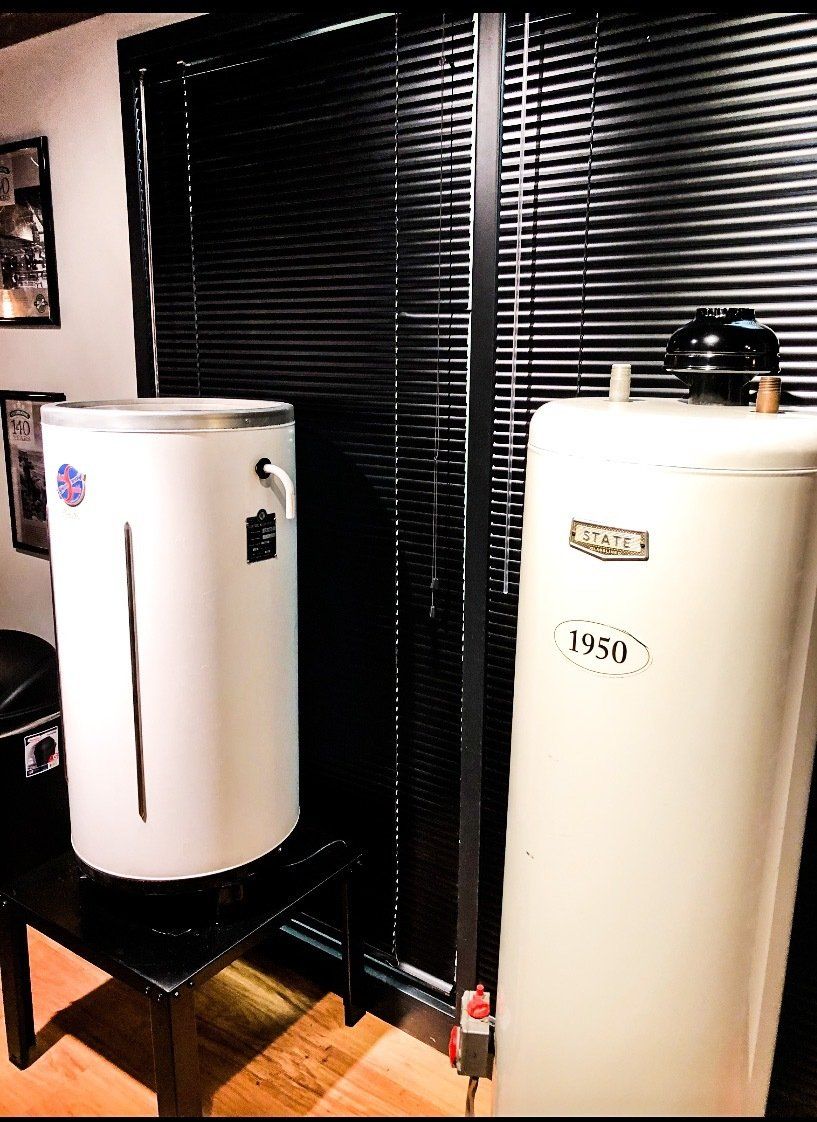
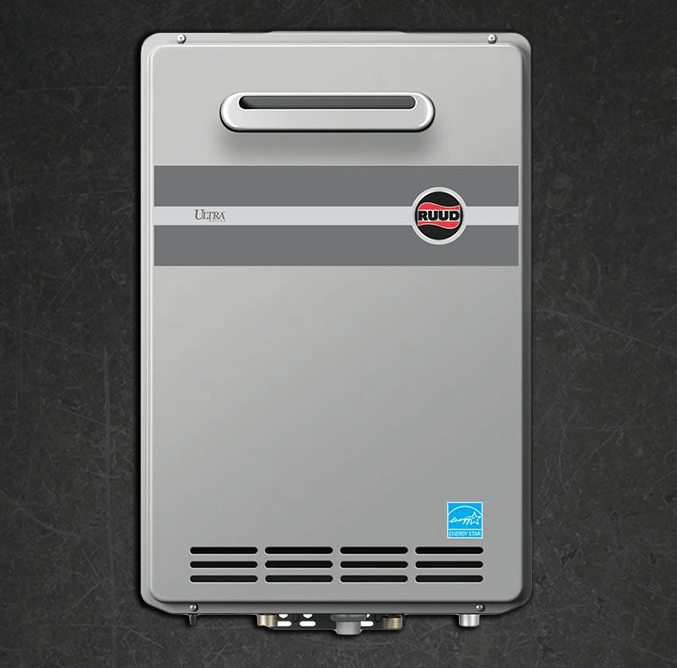
Sizing a Tankless Water Heater
Tankless water heaters measure
flow rate in
gallons per minute (GPM), which indicates the amount of hot water produced in a minute. The tankless heater splits the flow rate among the different open fixtures in the home.
The GPM varies based on the temperature rise, or the difference between the incoming water temperature and the temperature setting of the hot water heater. A lower groundwater temperature impacts water heating sizing significantly.
Measuring Hot Water Use
In order to determine the proper size for your new water heater, you need to know how much hot water you use in your household.
The average American household uses
138 gallons of water per household per day (gphd). Of that, hot water makes up 45.5 gphd.
Keep in mind that your use may vary based on the amount of people in your household, hot water habits, and fixtures.
Fixtures such as shower heads and faucets use up a certain amount of hot water as they run. Older fixtures tend to have higher GPM ratings than newer, more efficient fixtures that meet WaterSense guidelines.
See the average GPM rating for various household fixtures as a reference:
- Showerheads
- Average - 2.5 GPM
- WaterSense max - 2.0 GPM
- Faucets
- Average - 2.2 GPM
- WaterSense - 1.5 GPM
- Washing machine
- Average - 31 - 40 gallons per cycle (5 GPM)
- WaterSense - 13 - 15 gallons per cycle (3 GPM)
- Dishwasher
- Average - 10 - 15 gallons per cycle (4 GPM)
- WaterSense - 3 - 4 gallons per cycle (2 GPM)
- Bath - roughly 30 gallons
Calculate how many fixtures you use simultaneously during high demand times to determine the size of your new water heater.
For example, let’s consider a 3 person household that doesn’t have efficient fixtures with the following habits at night:
-1 person showers for 10 minutes
-1 person does laundry in washing machine
-1 person brushes teeth/washes face for 5 minutes
In this situation, the household will need at least 67 gallons of water or a 9.7 GPM tankless unit to support the household’s daily use.
Alternatively, if the same 3 people get efficient fixtures, they will only need a 42.5 gallon tank or a tankless unit rated at 6.5 GPM.
Tips When Sizing Your Water Heater
Use these additional tips to help you size your water heater.
Round Up Instead of Rounding Down
As a general rule of thumb, you’ll want to round up when evaluating your water usage as opposed to rounding down.
Rounding up will ensure that you still have hot water if you have guests or other reasons for above average use.
With that being said, don’t round up too much, or you’ll pay more than you should in utility bills.
Consider the Future
Living situations change. New couples have babies and adult children flee the nest. Consider how changes to your family may change your hot water demands in the future and make your decision accordingly.
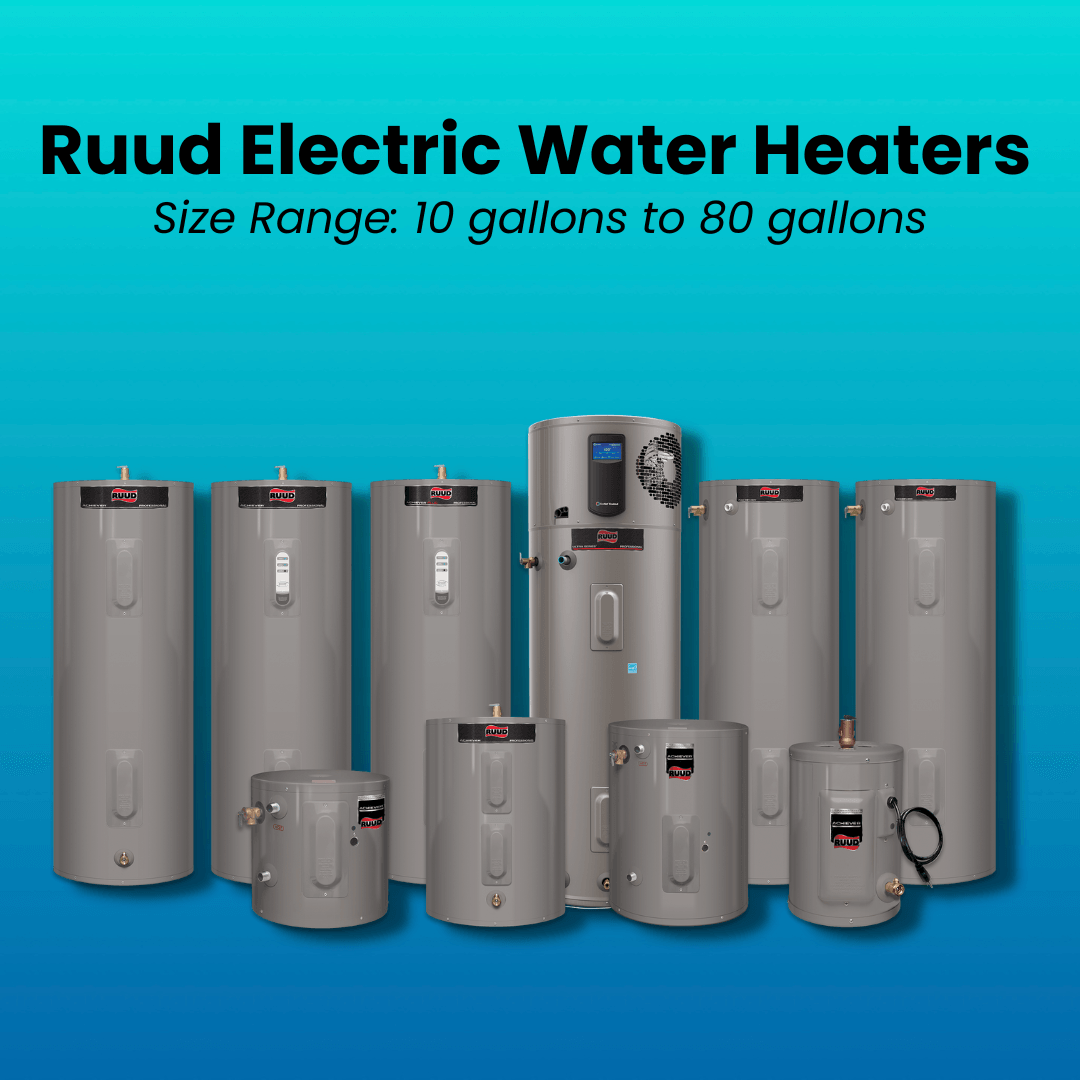
How to Make the Most of a Small Water Heater
Some situations don’t justify an upgrade. If you have a new water heater just under your size requirements, you may choose to stick with the water heater until it reaches its life expectancy. While you wait to upgrade, try these tips to make the most of your small water heater.
Install a Point of Use Water Heater
A point of use water heater is a small water heater designed to offer extra hot water. It’s usually installed in an area further away from the main water heater. Smaller in size (usually not more than 10 - 20 gallons), point of use water heaters are easier to install and fit in more places than traditional water heaters.
Items attached to the point of use water heater will only use the point of use water heater. All other fixtures will use the main water heater.
Use Adjustable Water Heating Systems
Some tankless water heaters come with the capability to attach additional units to the system. You can add or remove additional units as necessary.
Install WaterSense Fixtures
Old plumbing fixtures, such as showerheads and faucets, add a vintage aesthetic to a home’s decor. However, you can find classically designed modern fixtures that use significantly less water, saving you money in utilities and attracting home buyers who prefer a Green Home.
Change Your Hot Water Habits
You can take steps to reduce hot water usage in your home to accommodate your current water heater:
- Take shorter showers
- Shower instead of taking a bath
- Coordinate hot water use with family members
- Turn off water when brushing your teeth
- Use cold water laundry detergent and dish soap
- Lower the thermostat on your water heater by 5 degrees
Get Regular Water Heater Maintenance
Sediment made from hard water minerals and other debris accumulate inside of your water heater. When this material builds up on the components inside the unit, it can make the unit work harder. It can also affect hot water production.
Water heaters require annual
preventative maintenance to remove sediment buildup, especially as they reach the end of their life expectancy.
Ready to get the hot water your household demands?
Contact U.S. Water Heating Solutions to get preventative maintenance or new water heater installation.
